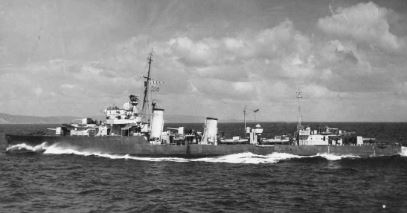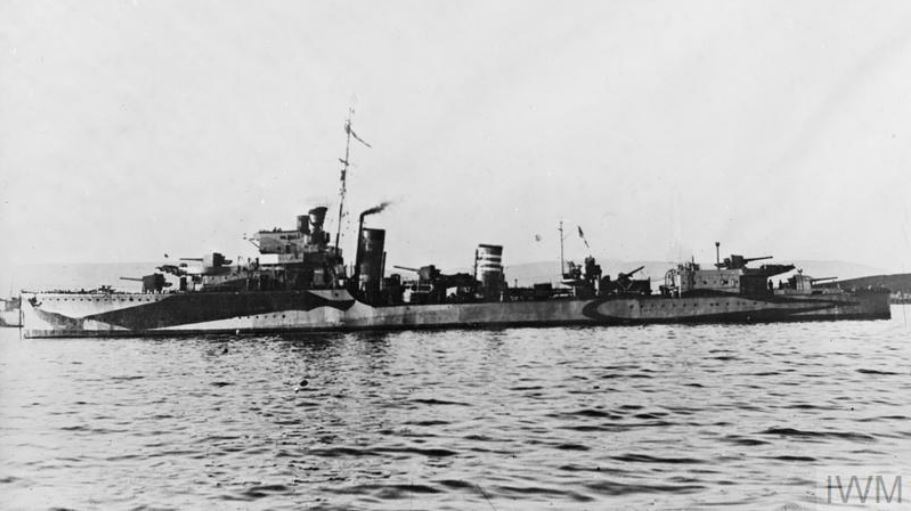HMS Faulknor
From Our Contribution
Remarks
Her early role was as a member of the Home Fleet which protects the British coasts. With the outbreak of war, she participated in patrols and escorts of convoys across the English Channel, which involved it in the destruction of two German submarines in September 1939 (U-27 And U-39) as well as a third in May 1940 (U-44). HMS Faulknor also participated in the Franco-British landing operations in Narvik, Norway. Faulker joined H force in June 1940 and took part in the attack on the French naval force of Mers-el-Kebir the following month and continued to operate off the coast of North Africa until August 1941.
She then carried out numerous escorts of convoys in the Arctic and across the Atlantic, protecting that of Prime Minister Winston Churchill during his trip to the Atlantic Conference in December 1941. In June 1943, She was deployed in the Mediterranean Sea as part of the invasion of Sicily and also participated in front of Salerno. In January 1944, it supported Operation Shingle, the landing at Anzio.
Returning to the English Channel in April 1944, Faulknor joined Task Force J to participate in the Normandy landing. On the night of June 5-6, 1944, Faulkner was a part of convoy J1 headed or Juno Beach. On D-Day, she opened fire on the German positions west of La Rivière. The next day, she carried General Montgomery, accross the Channel to visit troops at the front.
From July to September 1944, HMS Faulknor was repaired at Grimsby before resuming its escort missions in the English Channel. On May 8, 1945, it received on board the surrender of the German garrison of the island of Guernsey. Placed in reserve in July 1945, the destroyer was finally sold on January 21, 1946 to be scrapped.
Armament
- 5 x 120mm MkIX/L45 guns
- 8 x 12.7mm Vickers machine guns
- 8 x 533mm machine guns
- 20 x anti-submarine grenades.
Crew
- William Henry Knox 21 Jun 1939 - 4 Jan 1941

